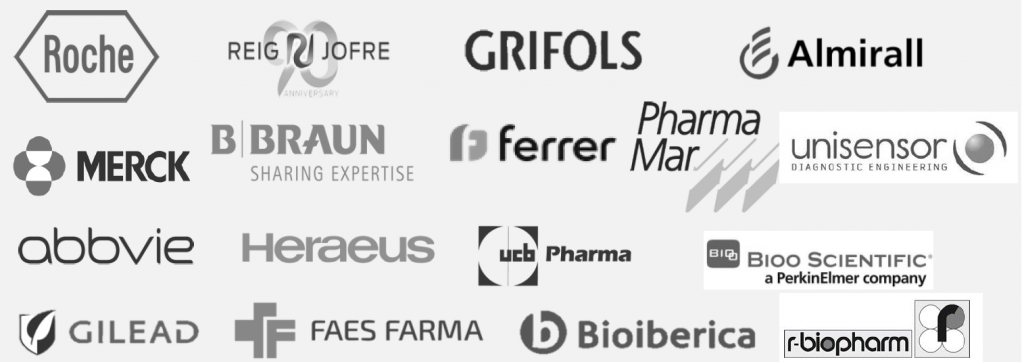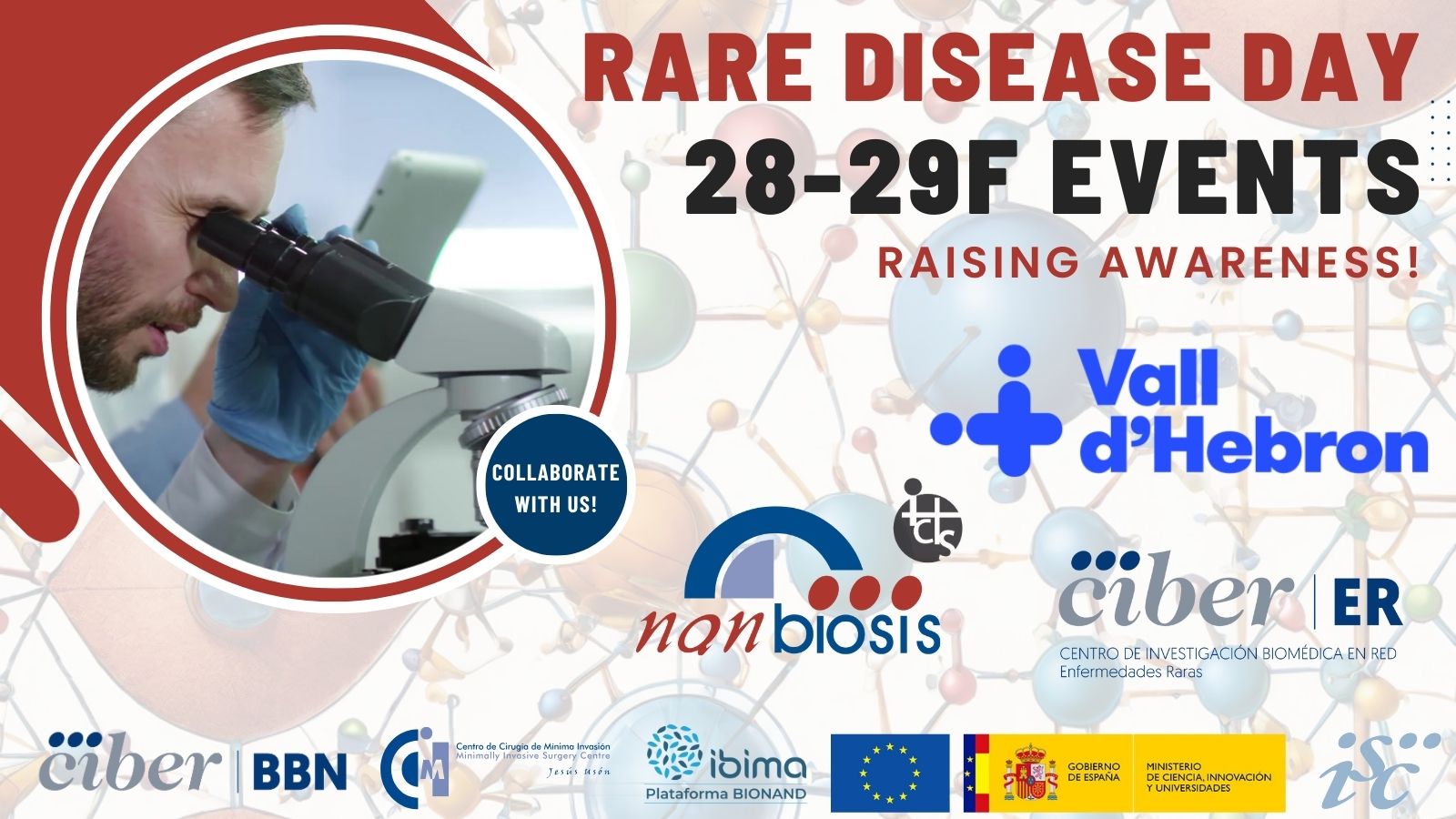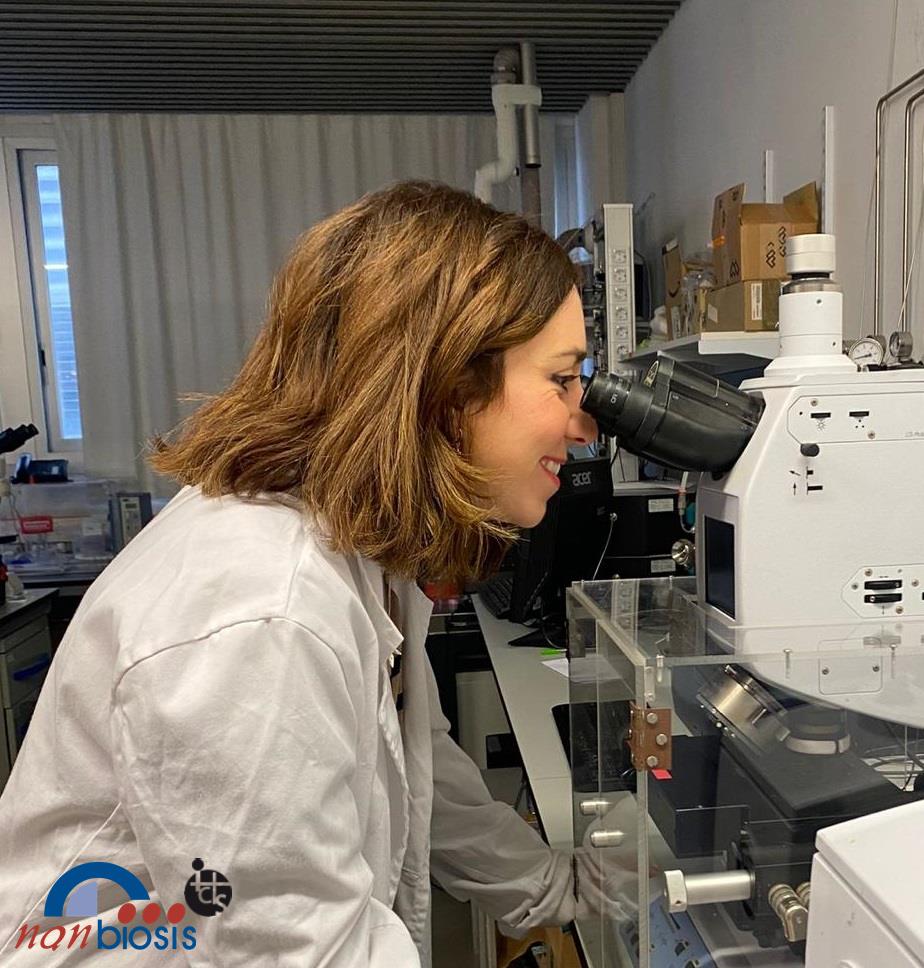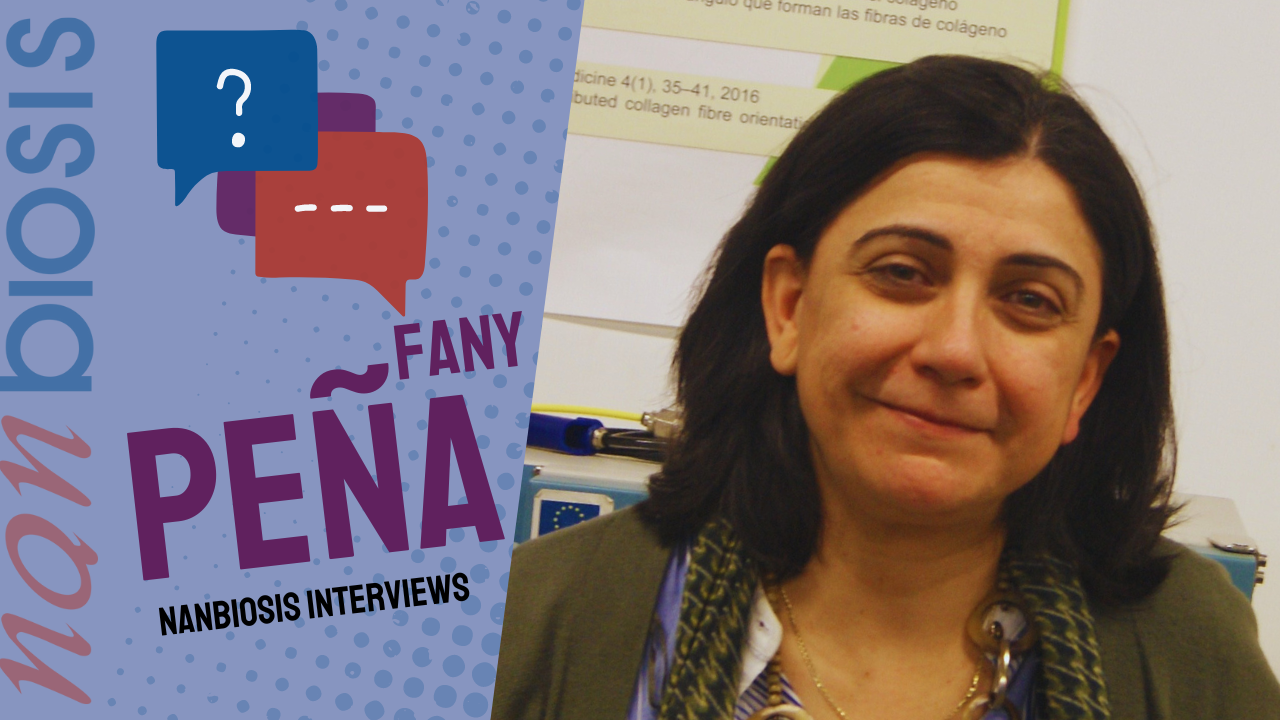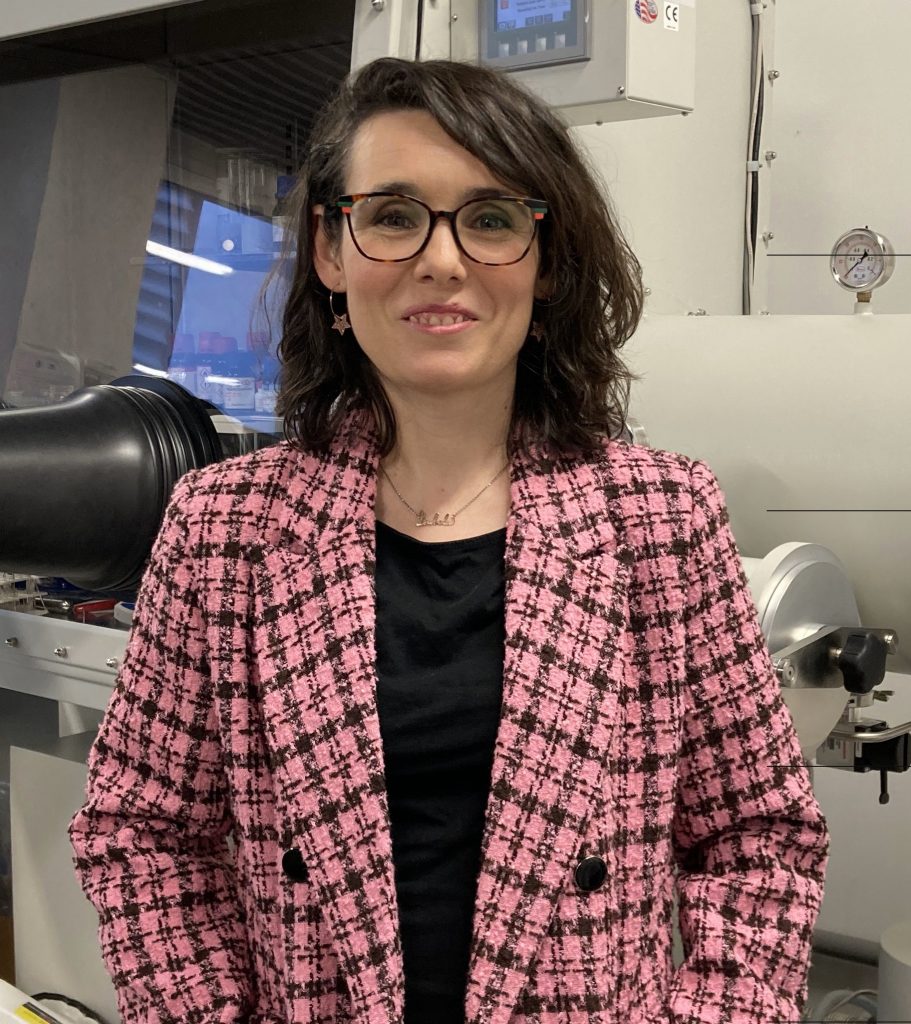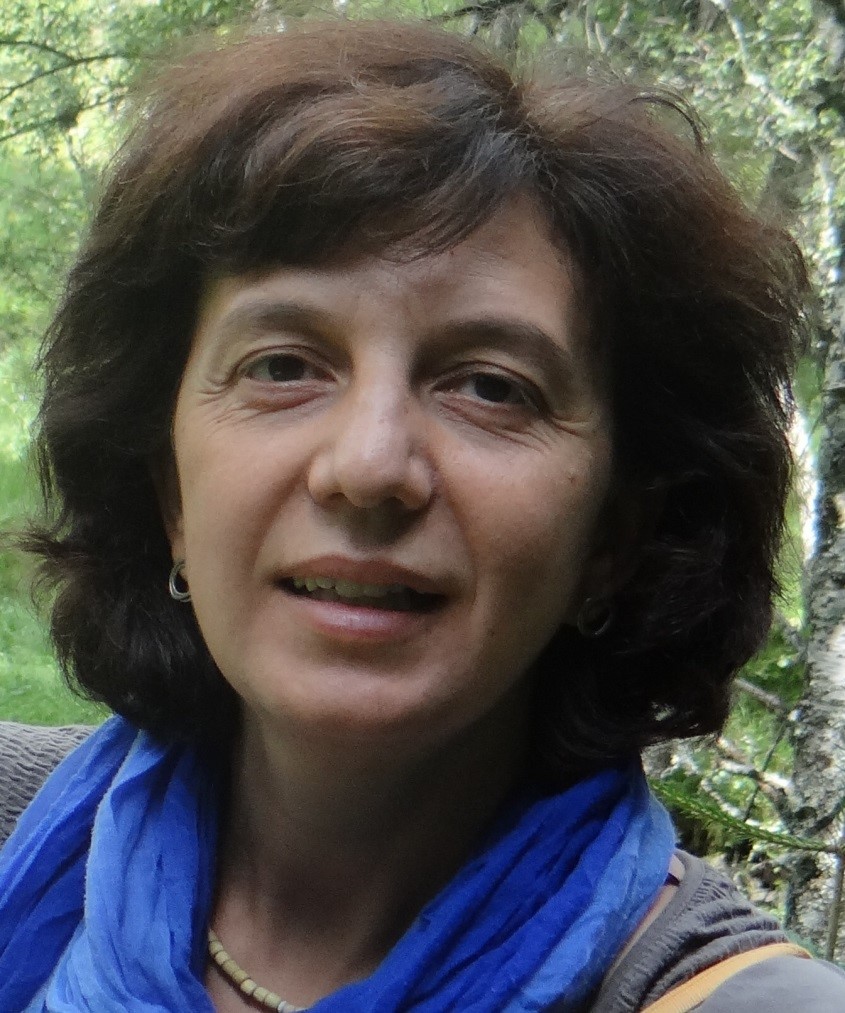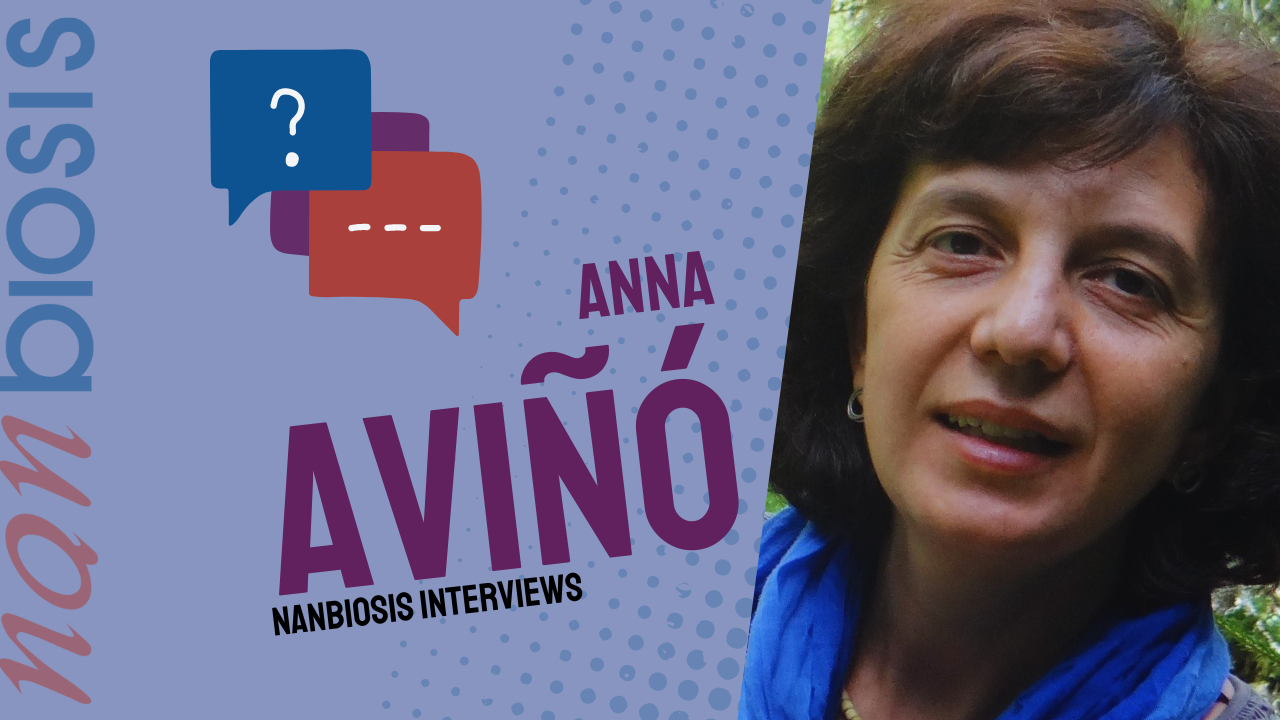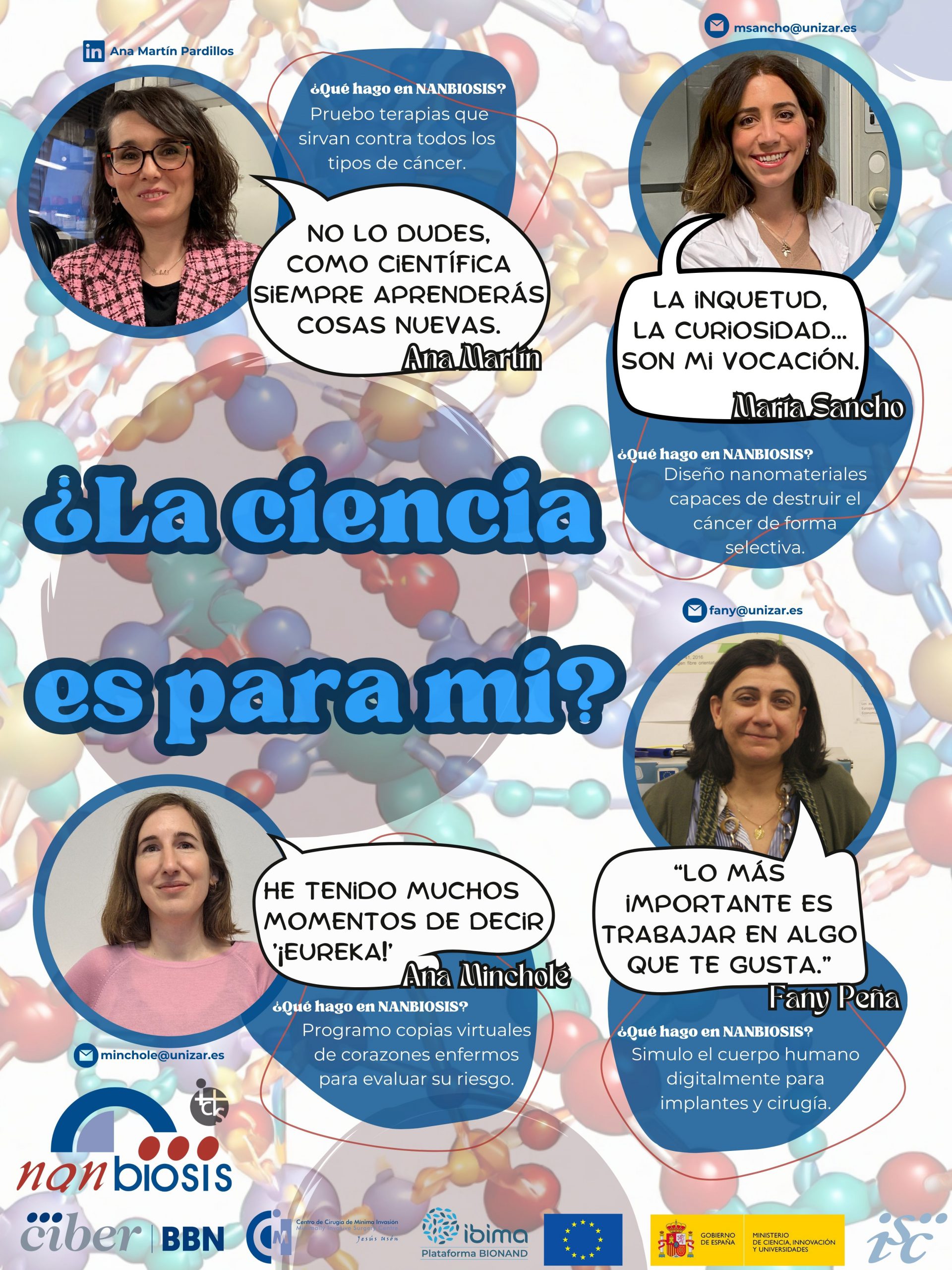U16-S08. Electrical characterisation of surfaces through the determination of zeta potential
Electrical characterisation of surfaces through the determination of zeta potential
This service allows the determination of the electrical interaction potential or zeta potential of large surfaces with different geometries and sizes such as flat solids, powders, fibres, foils or porous materials. It allows working with conductive and non-conductive materials. By determining the zeta potential, this service can determine the surface electrical properties of these materials. It also makes it possible to monitor the electrical changes that a surface may undergo during adsorption-desorption processes of different molecular species. The electrical effects of physical or chemical treatments applied to the surface of materials can be known. The removal of trace impurities present on the surface of a sample during a cleaning process can be monitored electrically.
Customer benefits
The service will be provided by specialists in materials characterisation and works in accordance with ISO, ASTM, ASME and EUR standards. In addition, it can also provide detailed reports according to the needs of the study.
Target customer
The service can meet the needs of companies by providing support for their ISO, ASTM, ASME and EUR controls. In addition, it can also service research groups with detailed reports according to the needs of the study.
Additional information










